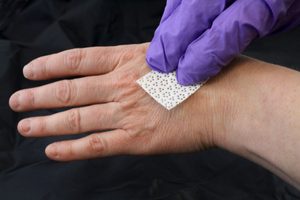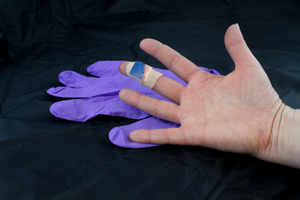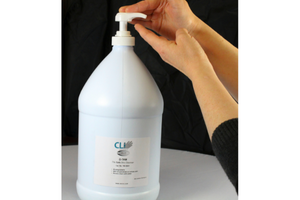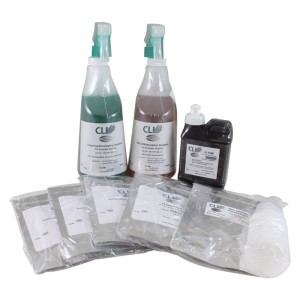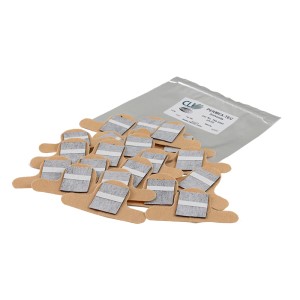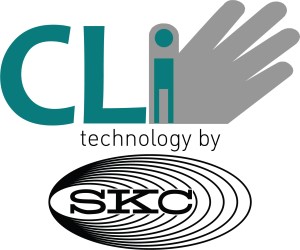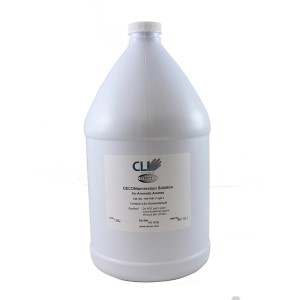A Word About Cleanup!
SKC offers two lines of solutions for cleanup: DECONtamination Solutions to remove chemical contaminants from surfaces and D-TAM and D-TAM Gold cleansers for skin. Which should you use?
For surfaces, select the DECONtamination Solution for the applicable chemical hazard to be removed. Available for isocyanates, aromatic amines, and hexavalent chromium.
For skin, there are some options depending on the chemical contaminant. Use the table below as a guide for selecting the optimal cleanser to remove chemical contamination from skin. SKC continues its research and will update this table as more data is generated.
Skin Decontamination Selection Guide
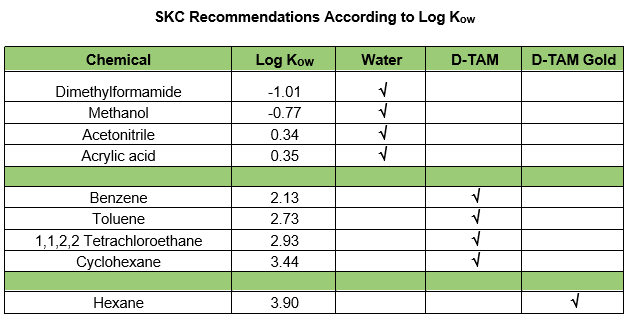
What is Log Kow?
Log Kow is “Octanol/Water Partition Coefficient”. This is the ratio of the concentration of a solute between water and octanol (a well-known property) that is commonly used as a measure of the relationship between lipophilicity (fat solubility) and hydrophilicity (water solubility) of a substance. If the value in the “Log Kow” column in the table above is greater than 1, it is a substance more soluble in fat-like solvents, such as n-octanol, and requires a cleanser containing a formulation that successfully removes such substances. Substances with a value less than 1 are soluble in water.

Check Out Our Demonstration Videos
Our demonstration videos show our Aromatic Amines surface and skin testing products in use for MOCA. However, SKC Skin and Surface SWYPES and PERMEA-TEC sensors are available for many other chemical hazards including aliphatic amines, aromatic and aliphatic isocyanates, acids and bases, phenols, nickel, OPA, and solvents (PERMEA-TEC). Our D-TAM and DECONtamination cleansers not only remove MOCA but are highly effective for removing isocyanates, pesticides, phenols, and other chemical contaminants.
Need a reliable MOCA urinalysis program? Contact SKC at skcmoca@skcinc.com.


